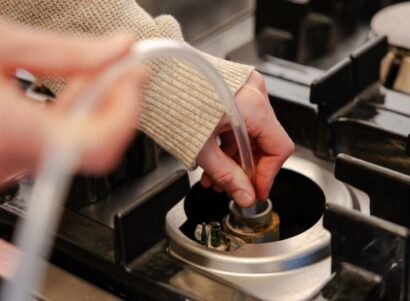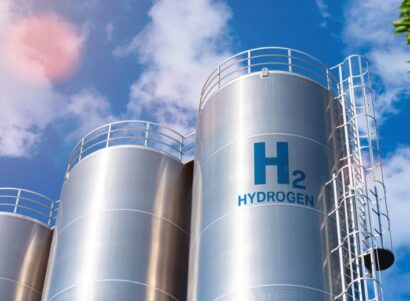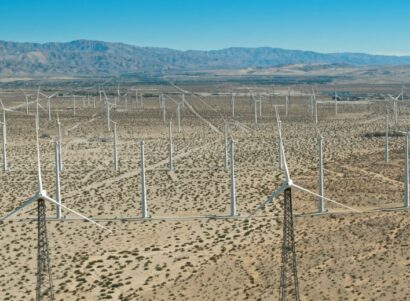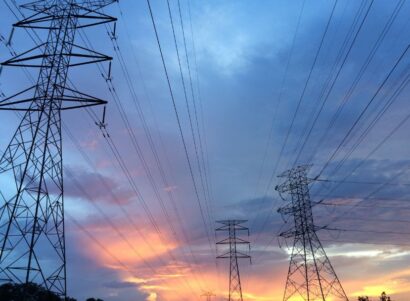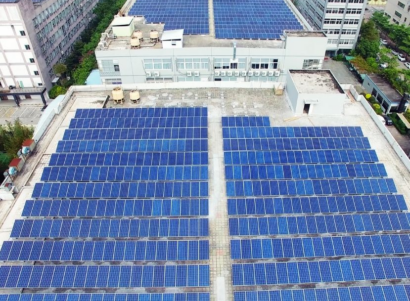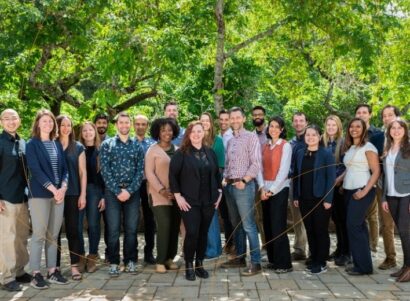OAKLAND, CA – A new study by the energy science and policy research institute, PSE Healthy Energy shows that the disposal of over 16 billion barrels of oil and gas wastewater into unlined pits over a 50-year period has introduced salts, carcinogens, and other toxins into regional aquifers.
For decades, California law has allowed the use of unlined ponds to dispose of water extracted during oil and gas production. California is one of the last states in the nation to allow the industry to dispose of oil and gas wastewater—known as produced water—into unlined ponds. Over time, this produced water percolates underground, raising the salinity of groundwater and contaminating local and regional groundwater resources.
The study, published in Environmental Science and Technology, is the first to analyze the statewide impact of the current and historical use of unlined produced water ponds to dispose of produced water. By examining publicly available data, the authors found at least 1,850 active, inactive, and closed produced water ponds throughout the Tulare Basin, where 99% of the state’s ponds are located. Of the 1,565 ponds in the Tulare Basin used exclusively for produced water disposal, 484 were unlined and are still being used for the disposal of produced water. In some cases, underground plumes of this contaminated water extend more than four kilometers from the ponds toward agricultural wells.
“Since the early 1900s, the oil and gas industry has deposited tens of billions of barrels of highly saline, and otherwise contaminated water into unlined pits,” said PSE Healthy Energy Senior Scientist Dominic C. DiGiulio, PhD. “This practice has impacted groundwater resources necessary for present and future potential agricultural, municipal, and domestic use. Once groundwater is contaminated, it is often too expensive to remediate.”
The study highlights an ongoing risk to the water supply during a time of historic drought and climate risk in California. The San Joaquin Valley is home to four million people who rely on groundwater for residential use; thousands of wells are expected to run dry this year. Farms in this region rely mainly on surface water from winter and spring snowpack melt. But during droughts, farms often draw on underground water for their crops and livestock.
California law does not provide a single standard for water protection. Instead, multiple standards define protected water based on different regulatory programs. In the case of produced water, the law provides a lower standard of protection than for other oil and gas industry practices, such as hydraulic fracturing. It appears that this inconsistency is a key driver for the continued use of unlined ponds.
The authors recommend that California increase regulatory protections for groundwater near unlined produced water ponds. Currently, the law does not explicitly protect groundwater containing total dissolved solid levels over 3,000 mg/L when considering produced water ponds. The authors suggest increasing protections of groundwater with total dissolved solid levels up to 10,000 mg/L. This recommended increase is consistent with the U.S. Environmental Protection Agencies’ Safe Drinking Water Act; California’s laws governing hydraulic fracturing, pursuant to Senate Bill 4; and the federal Underground Injection Control program.
“It is critical to protect California’s groundwater,” said DiGiulio. “Climate change and drought mean that we will need these resources to support local communities, businesses, and continued economic growth.”
The study was authored by Dominic C. DiGiulio, PhD, Robert J. Rossi, PhD, Jessie M. Jaeger, MPH, MCP, Seth B.C. Shonkoff, PhD, MPH, and Joseph N. Ryan, PhD, MS.
###
About PSE Healthy Energy
PSE Healthy Energy is a nonprofit research institute dedicated to supplying evidence-based scientific and technical information on the public health, environmental, and climate dimensions of energy production and use. We are the only interdisciplinary collaboration focused specifically on health and sustainability at the intersection of energy science and policy. Visit us at psehealthyenergy.org and follow us on Twitter @PhySciEng.


 Study
Study

